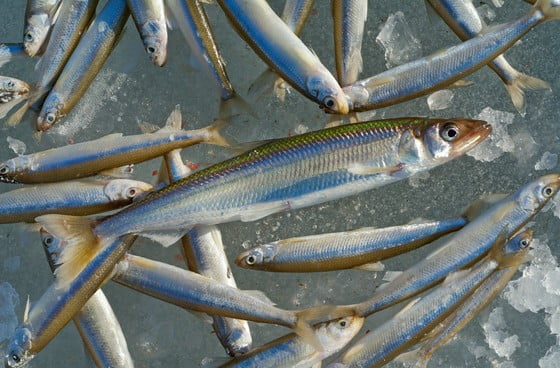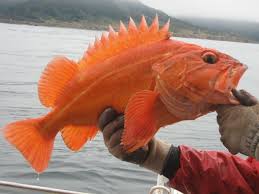
CAPE GIRARDEAU, Mo. — The Missouri Department of Conservation (MDC) Commission approved at their February meeting the new crappie regulation change at Wappapello Lake.
As of March 1, the regulation will be a daily limit of thirty (30) crappie, but not more than fifteen fish can be greater than 9 inches in total length.
This is a change to the previous regulation of a daily limit of 30 and a nine-inch minimum length limit that has been in place since 2006. Based on the biological data and information gathered from anglers through creel surveys and public meetings, this is a must needed change according to Dave Knuth, a MDC fisheries management biologist.
“We see large fluctuations in the quality of the crappie fishery at Wappapello Lake from year to year, which is largely driven by the stability of the water levels,” Knuth said. “Crappie growth can be extremely variable in Wappapello Lake and length limits are not effective when growth is slow and not consistent from year to year.”
The new crappie regulation will increase harvest opportunities for anglers during poor years.
“We heard what anglers were saying about the 9-inch minimum length limit, the large number of short fish anglers were catching and the limited number of harvestable size fish available,” Knuth said.
The new regulation will also increase the opportunity for anglers to harvest the slow growing Black Crappie. Only about two percent of the Black Crappie ever reach 9 inches in Wappapello Lake before they die of natural causes, Knuth said.
“I encourage anglers if they do keep fish under 9 inches to keep Black Crappie,” he said. “Black Crappie are more robust than the White Crappie at smaller sizes. Reducing Black Crappie numbers in the lake may improve White Crappie growth by reducing the competition between these two species.”
Also, limiting the number of fish over nine inches will keep some of the bigger fish in the lake a little longer. This will maintain some consistency in the quality of the fishery even during poor years.
“We will continue to monitor the fishery intensively to determine if the new crappie regulation is producing the desired results,” Knuth said. “Like many of the anglers that fish this lake, I am excited to see this change.”
Find a place nearby to fish, learn about fishing regulations and more at www.mdc.mo.gov/fishing.

